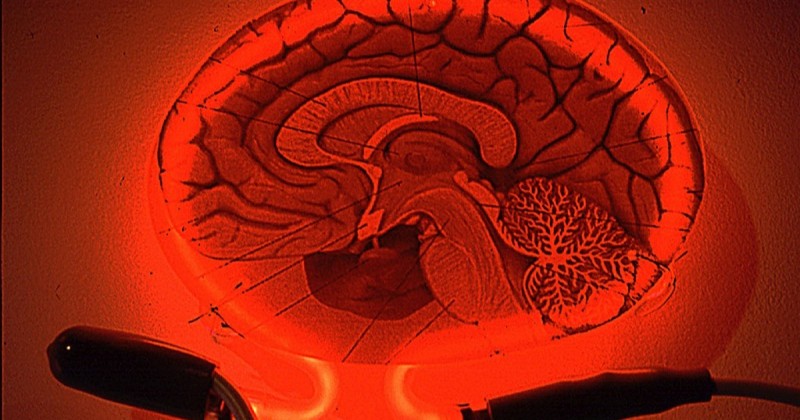The 10 principles of NLP (Neurolinguistic Programming)

Assumptions and theoretical bases on which NLP is based.
The Neurolinguistic Programming is a series of strategies that focus on identifying and using thought patterns that influence a person's that influence a person's behavior as a way to improve quality and solve problems.
The objectives of NLP are, among others, to correct cognitive representations, making them more useful, and to provide a series of effective strategies and skills effective strategies and skills for better adaptation to those situations that arise in everyday life.
- To learn more about what NLP is and the criticism it has received, you can read our interesting article, "Neurolinguistic Programming (NLP): what is it and how does it work?"
It is important to mention that this practice is not based on any theory, but is a compilation of studies, research and techniques. Therefore, it is necessary to check how it works, through its fundamental pillars, that is, the principles of NLP.
- Recommended article: "20 highly recommended books on NLP".
The principles of NLP
After explaining the objectives of Neurolinguistic Programming, here are the 10 principles of NLP:
1. The inner map is unique
One of the principles of NLP refers to the orientation that people have in the world around them. The way a person orients himself has to do with his inner map. In the early stages of life the inner map is simple. However, as we grow older the map becomes more complex and new paths open up.
The more complete the map is, the more alternatives for success the person will have. The map of the world is individual, it is built through our own experiences, so each person has his or her own map. each person has his or her own map and no two maps are alike.
2. The best map is the one that offers more than one path.
As discussed in the previous point, the most complete map is also the most accurate, the most complete map is also the most accurate and will offer more opportunities to reach a goal or solve the problem. This has to do with flexibility and the possibility of reacting in different ways to a vital event. The map is not the territory it represents, but if it is correct it will have a structure similar to the territory and will be more useful.
3. Every behavior has a positive intention
This may be one of the most discussed NLP principles. This point refers to the fact that every person and every behavior intrinsically has a positive intention. positive intention. It may be, for example, that someone doubts that a smoker has a positive intention to smoke. But according to this principle, the smoker might smoke to relax or to be socially accepted. NLP attempts to redirect that positive intention towards a more adaptive to a more adaptive and appropriate behavioral pattern and appropriate for the person.
4. The structure of experience
This principle shows how every experience is composed of a certain structure. Each thought, feeling, memory or experience is made up of a series of elements. This means that if each experience has a structure, then by changing its composition, its effect can be changed.
5. All problems have a solution
This principle refers to the fact that all problems have a solution. Although it may seem utopian, since, at times, certain solutions cannot be carried out. At other times, there will be problems that have no clear solution. This has to do with the map that the person possesses, since the fewer paths or alternatives he/she has, the fewer solutions he/she will be able to give to the to the specific situation. In addition, the interpretation of the problem has to do with the content of the map. A richer map that offers more resources will perceive certain situations as less problematic.
6. Everyone has the strength they need
This is one of the principles of NLP that has to do with the personal development of the person, since it refers to the fact that each person possesses the necessary strength to achieve whatever he or she sets out to do. The problem arises when self-confidence is affected by the person's limiting beliefs.
7. The body and the mind are part of the same system.
This principle refers to the fact that the human being is body and mind. In other words, every feeling and every emotion affects the body. This is also true the other way around. For example, an illness that affects the body will have repercussions at the psychological level. So, for NLP, thought changes that modify bodily problems are important. By the way, have you heard of embodied cognition?
8. The meaning of communication depends on the outcome
It is necessary to establish clear communication guidelinesthat do not give rise to misunderstandings or biased personal interpretations on the part of the receiver of the message.
9. There are no failures but opportunities
When a person is continuously on the move, he/she has different paths to reach the goal. Failures should be seen as opportunities, that is to say, as measures that make it possible to improve oneself and move forward in the desired direction.
10. If something does not work, try something else
Sometimes people insist on doing something that does not work, and they do not change the way they act. At this point the famous phrase "don't expect different results if you always do the same thing" makes sense. NLP practitioners aim to help you to recognize and recognize and modify those behaviors behaviors that are ineffective and cause us to stumble over and over again over the same stone.
(Updated at Apr 15 / 2024)